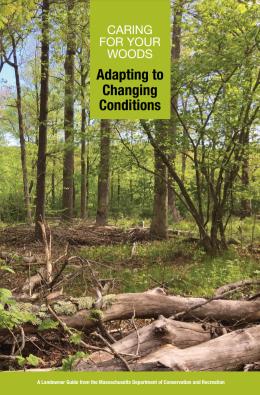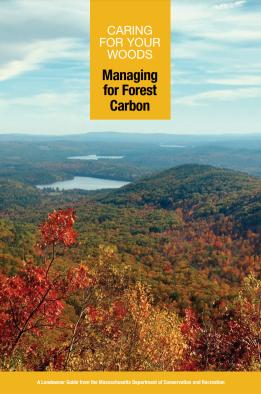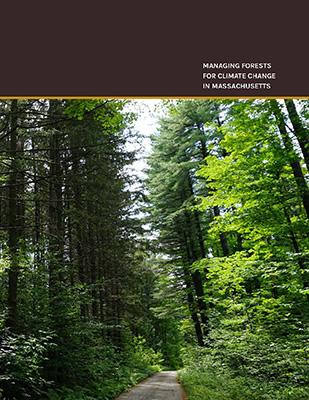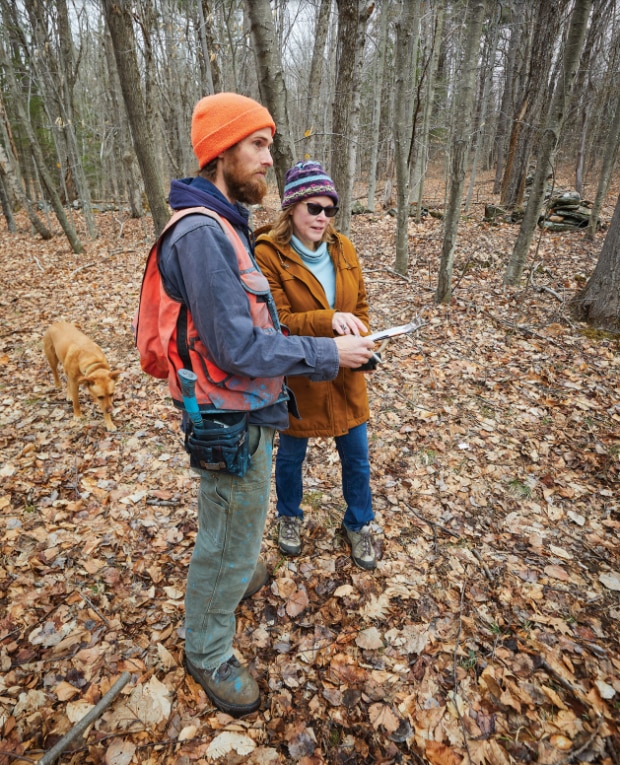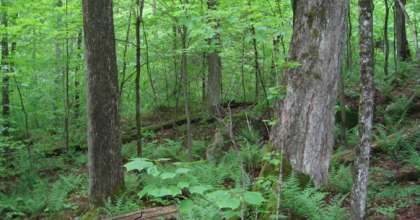Do you wonder about the changing conditions in your woods? Many people are asking more questions about how a changing climate is effecting forests and what actions can be taken to ensure forests stay healthy no matter what the future holds.
There are two ways that you can help respond to climate change in your woods.
Adapt- First and foremost, you can consider the ways that climate change may affect your woods and work with a professional forester to ensure that the trees, wildlife, and other forest species can cope with changing conditions—these adaptation actions are outlined in Caring for your Woods - Adapting to Changing Conditions.
Mitigate - In addition to ensuring forests are healthy and productive over the long term, you can also consider additional actions that increase the ability of forests to absorb and store carbon from the atmosphere as a means to reduce the amount of heat-trapping carbon dioxide in the atmosphere. Learn more in Caring for your Woods - Managing for Forest Carbon
Partnerships help private landowners tackle effects of climate change
